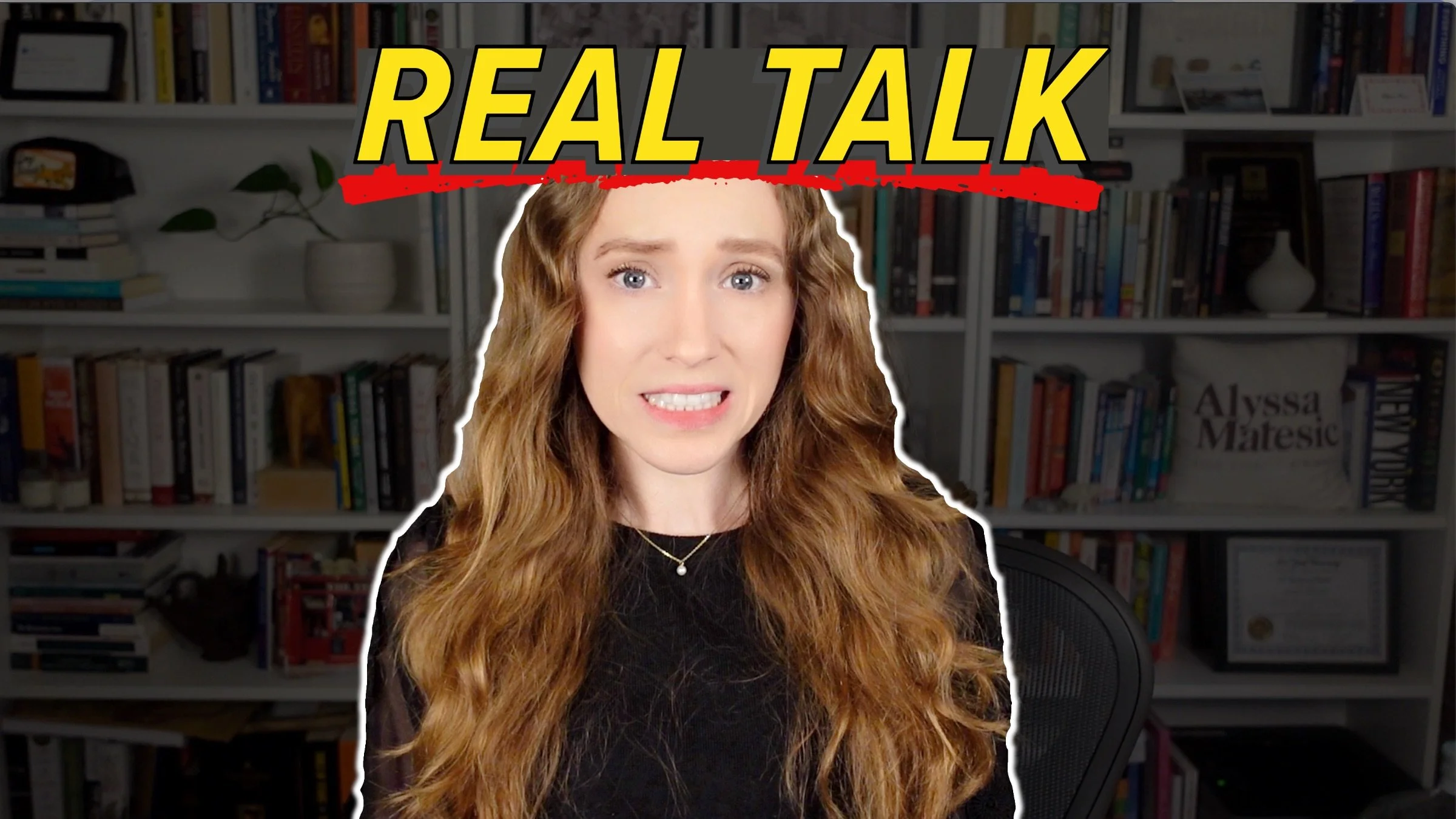How Does the New York Times Bestseller List Work? 4 Surprising Secrets You Probably Didn’t Know
HIT PLAY OR READ THE POST BELOW:
If you're an emerging author, becoming a New York Times bestselling author might be one of your biggest dreams. But how does the New York Times bestseller list work, exactly? How does a book get a coveted position on the list?
I used to work in the publishing industry at Penguin Random House and a leading literary agency, and in both cases, we regularly worked our tails off to ensure that the books that we were publishing made it onto the list. It was constantly something that we were striving for because there is a certain prestige associated with the New York Times bestseller list, and it can help generate more sales if a book reaches that status.
Now, there was a really interesting article published in Esquire that did a deep dive into how the list gets made. It used various publishing industry sources to try to crack the code of how the New York Times bestseller list works and how they calculate their rankings. Today, I want to go through the top insights that I gleaned from this article and give you some insight into how I saw this play out when I worked in the industry.
What Is the New York Times Bestseller List?
The New York Times bestseller list, often referred to as just “the list” in the publishing industry, is divided into sections based on the genre of the book and the format of the book. Remember that traditional publishers typically publish every title in three formats: ebook, hardcover and paperback. The sales figures that the New York Times collects to inform its list are aggregated on a weekly basis, Sunday to Sunday. So, every week there will be a newly published list based on the previous week's sales.
The different format categories for the list are:
Combined print and ebook — this is all of the sales for the book, essentially
Hardcover
Paperback
The list is actually a conglomerate of different sets of lists based on genre. Those genres are:
Fiction
Nonfiction
Advice, how-to and miscellaneous
Children's middle grade
Children's picture books
Children's series
Young adult
Those are all of the weekly lists, again divided into those three format categories (combined, hardcover and paperback).
Then, there are monthly lists for the following genres:
Audiobooks
Business
Graphics/manga
Mass market
Middle grade paperback
YA paperback
So, the New York Times bestseller list does not include every single book published out there. If the book’s genre falls outside of these genres, it's not going to be included in the books that are considered for the list. But it covers a wide range of books, certainly most of the books that you will see when you walk into a bookstore.
4 Secrets About How the New York Times Bestseller List Works
Now let's get into the juicy stuff. How does the New York Times bestseller list work, and what are the secrets behind it?
1. No One Knows How It’s Calculated
The New York Times does not publish how they calculate their list. They do not publish what sources they use for their data, and this frankly baffles a lot of people in the publishing industry because it is very hard to figure out why certain books are on the list and others are not. It has led to a lot of speculation, which I will get into.
Here's the official New York Times statement on how the list is created:
“Rankings reflect unit sales reported on a confidential basis by vendors offering a wide range of general interest titles published in the United States. Every week, thousands of diverse selling locations report their actual sales on hundreds of thousands of individual titles. The panel of reporting retailers is comprehensive and reflects sales in tens of thousands of stores of all sizes and demographics across the United States.”
So, essentially, what I take away from this statement is that they're saying the list is composed of a bunch of sources that include reports of sales from many different retailers, and they're claiming that this is more or less accurately reflecting book sales in the United States. This statement stops short of disclosing what specific sources they use to calculate the book sales that determine the rankings, which is frustrating but is also presumably because they don't want people or organizations buying in bulk from those specific retailers to try to skew the list.
A really interesting piece to the New York Times bestseller list mystery is that it sometimes does not align with the data published in the publishing industry’s primary data source, which is called BookScan. This is a database I used and referenced frequently when I was in the industry, and it is pretty much what we used as the source of truth, more or less, for how many units a book sold across its various formats.
But if you check the New York Times bestseller list against BookScan, there are discrepancies. For instance, a book might be higher on BookScan but then lower on the New York Times list. That's why people in the industry wonder how the New York Times list calculates its numbers. There has to be some other source of data or some different way of slicing the data. It's truly a mystery!
2. Suspicious Sales Activities are Flagged
The next secret about how the New York Times bestseller list works is that suspicious sales activities are flagged by the New York Times. One of the biggest theories about the New York Times bestseller list, and potentially why certain data points are not aligning with other industry databases, is that the New York Times bestseller list prioritizes books that are sold at indie retailers over, say, mass retailers or online retailers because they think that the sales at indie retailers better represent actual reader purchases.
The list does try actively to eliminate any outlier sales, such as huge bulk purchases, because that could be someone trying to game the list and get their way onto it when those aren't genuine sales (which, again, I will get into in a little bit). If you look at the list itself, any title that has some potential suspicious activity is flagged with a dagger symbol, which means that somewhere in their calculations, they saw an outlier sale of some kind — probably a large bulk purchase — and they still included the title in the list but they put the dagger on there so you know there might be something funky going on with the sales numbers.
The official New York Times statement about the dagger is this:
“Institutional, special interest, group or bulk purchases, if and when they are included, are at the discretion of the New York Times bestseller list desk editors. When included, such bulk purchases appear with a dagger.”
3. Preorders and Week-One Sales Are Key
The holy grail in the publishing industry is for a book to debut on the New York Times bestseller list in its first week of publication, the reason being because it helps with the book launch momentum and can create a snowball effect that then generates more sales. But how does this actually happen?
To do this, publishers and authors work tirelessly to rack up preorders in the weeks and months leading up to publication because for the purposes of the New York Times bestseller list, any purchases that are made before the publication date — what we call preorders — are included in the week-one sales. So, in the months and weeks leading up to the launch, authors and publishers try to get as many preorders as they can so that the week-one sales are inflated. This is why you will see many authors and publishers on social media promoting the book in the weeks leading up to the launch and mentioning that they can be pre-ordered. This is also why authors will often do speaking engagements or media appearances leading up to the publication because that can help them rack up more preorders.
The issue with the preorder/week-one sales phenomenon is that a book will often debut on the New York Times bestseller list then immediately fall off because that momentum is not sustained and because so many of those sales were actually preorders, and it doesn't mirror the week-by-week sales numbers. That's not necessarily a bad thing — the publisher and the author accomplished the task of becoming a New York Times bestseller — but it can be disappointing to then immediately fall off the list, and it can be confusing for consumers who see a book on the list and then never see it again.
4. Some Authors Pay to Get on the List
Now that you know a bit more about how the New York Times bestseller list works, you might be wondering if there are ways to scam it. There are agencies out there where an author will pay them a certain sum that covers a certain number of copies of the book, and then the agency will take the money and promise to make it look like those books were all purchased organically. For example, maybe they scatter them at different retailers rather than doing a bulk purchase. Or authors will simply ask their friends to go buy out all of the copies of their book at their local bookstores and then pay them back for them.
According to the Esquire article, these tactics most often happen with authors of nonfiction, specifically business and self-help authors, because in those cases it might be very important to the author to have the New York Times bestseller label for their brand. But remember if you go the traditional publishing route and you have a dedicated marketing and publicity team, they are not going to condone you doing this, and certainly no one at the publishing house is going to go through these back alleys to try to manipulate the book sales to get a book on the list.
I hope this helped illuminate some of the background to the New York Times bestseller list and some of the secrets to how it gets made. It's one of the most mysterious aspects yet one of the most prominent aspects of the book publishing industry.
I want to reiterate that your success and value as an author absolutely does not correlate to whether or not you make it on the New York Times bestseller list — or any bestseller list, for that matter. While of course it can be a goal and maybe something that motivates you, I don't want you to get down or feel discouraged if you haven't reached that status.
Thanks so much for reading and happy writing!






